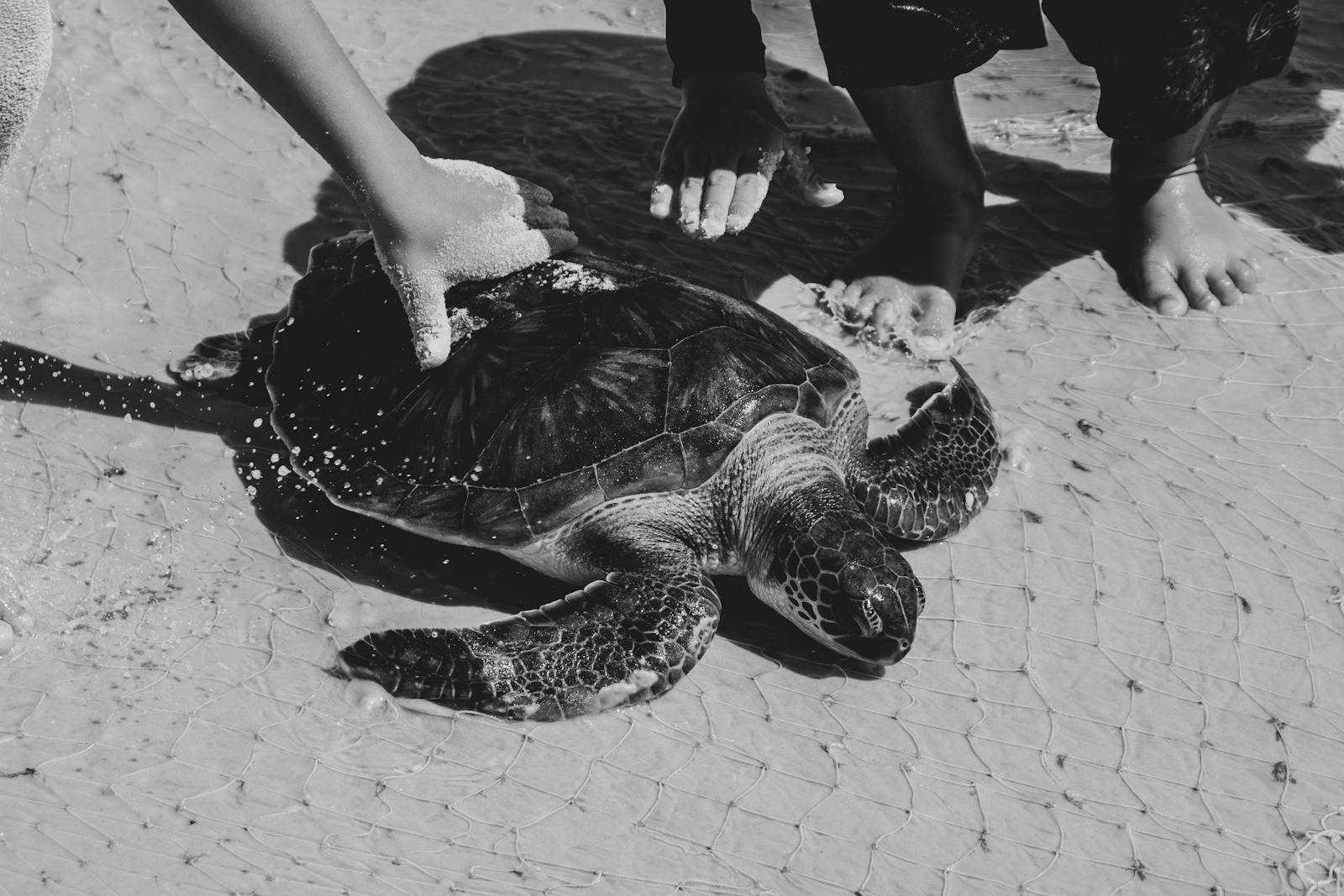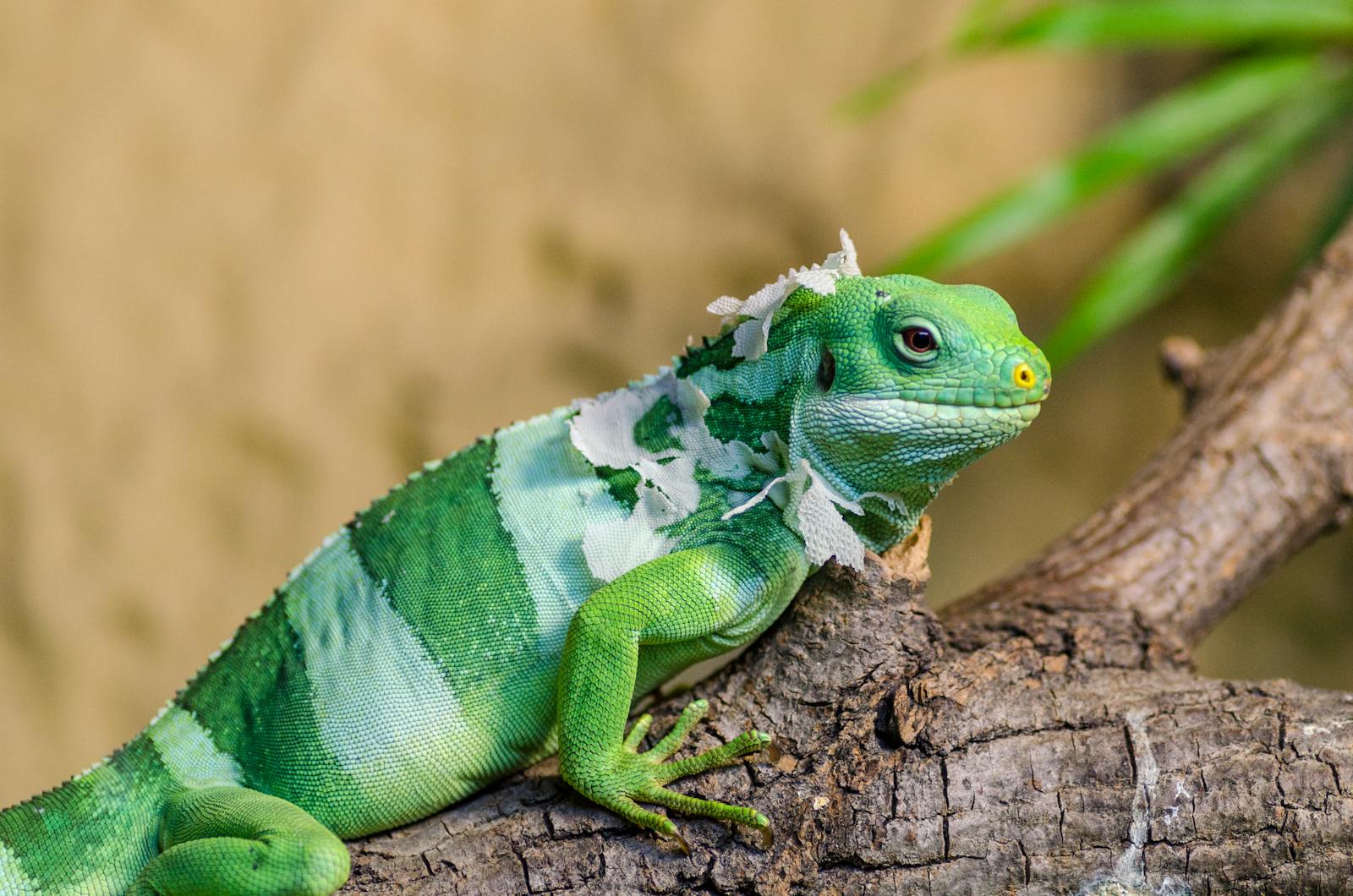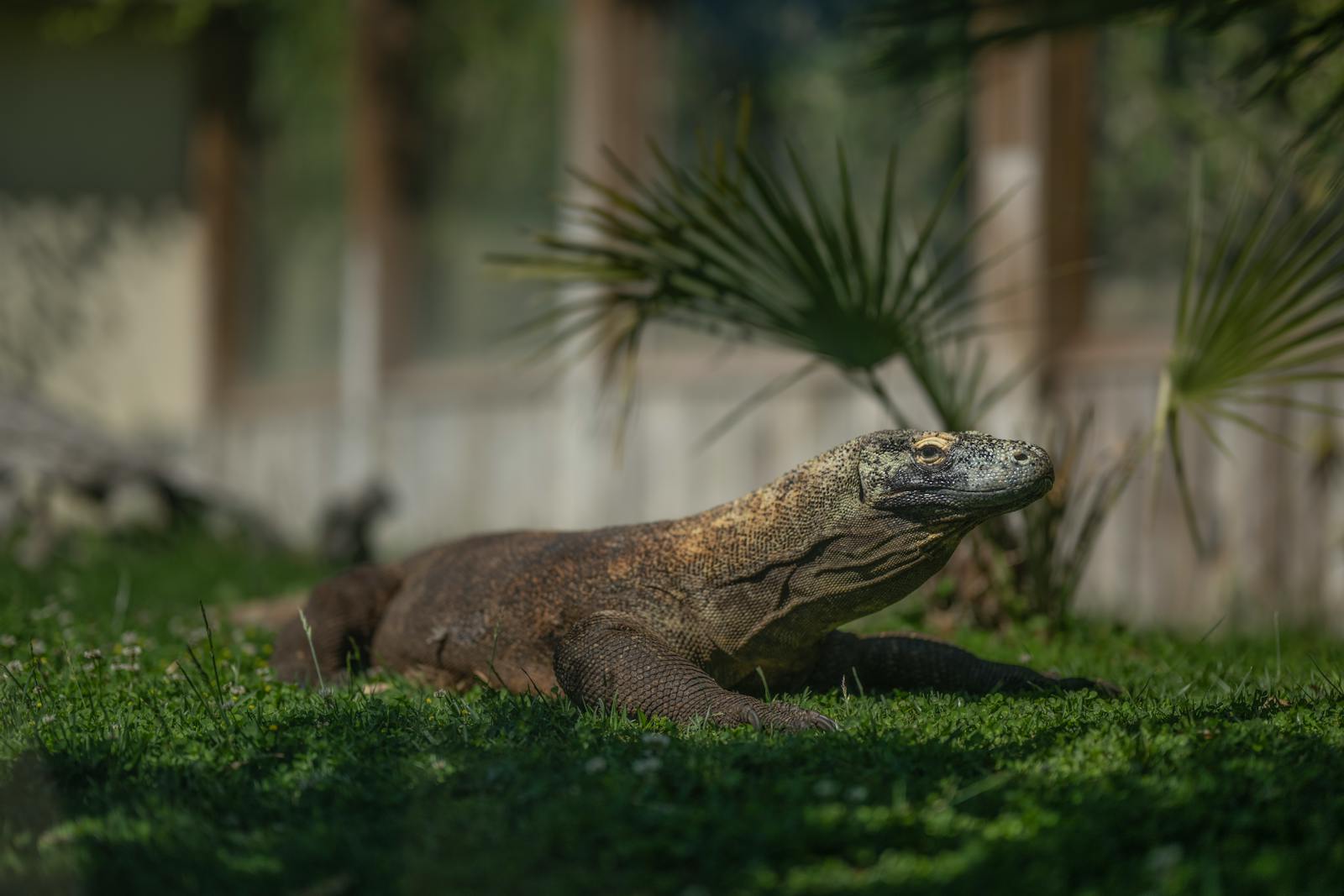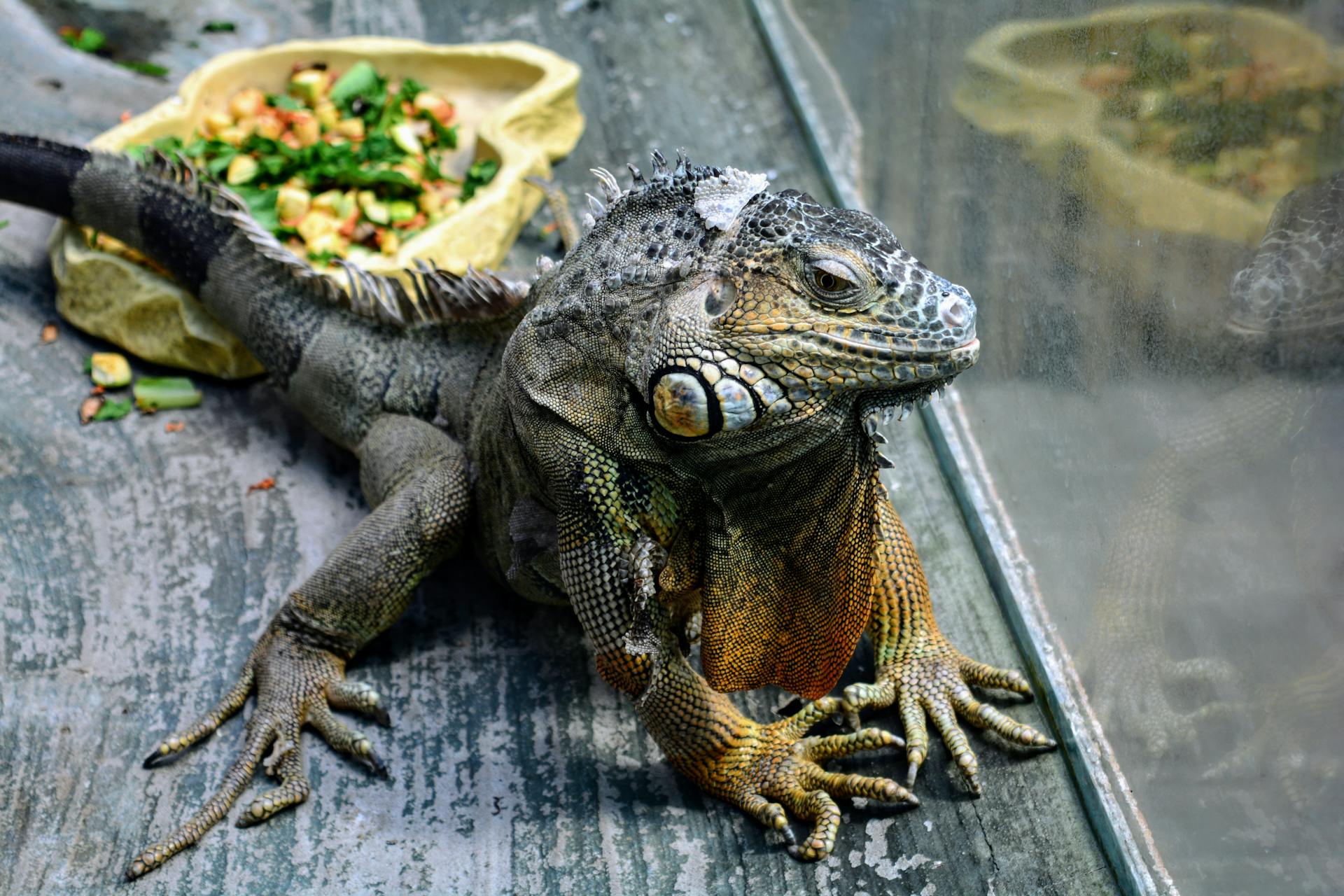Reptiles, with their distinctive scales, varying sizes, and sometimes intimidating appearances, represent one of nature’s most ancient and resilient lineages. Despite surviving for millions of years, numerous reptile species now face unprecedented threats that push them toward extinction. While international conservation efforts make headlines, it’s often the grassroots work of local communities that creates the most significant impact in protecting these vulnerable creatures. From remote villages surrounding rainforests to suburban neighborhoods bordering desert landscapes, local residents are increasingly assuming active roles in safeguarding endangered reptile populations. Their intimate knowledge of local ecosystems, combined with cultural connections to native wildlife, positions community members as invaluable partners in conservation initiatives. This article explores the multifaceted contributions of local communities to reptile conservation, highlighting successful examples, challenges, and the potential for expanded community involvement in preserving these remarkable animals for future generations.
Understanding the Reptile Extinction Crisis
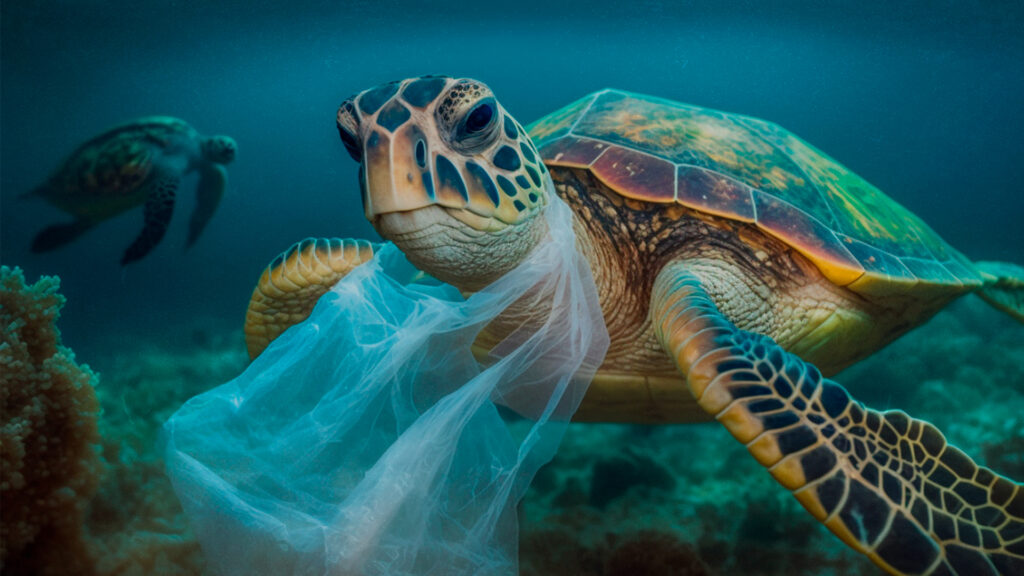
Reptiles worldwide face an unprecedented conservation crisis, with approximately 21% of all species currently threatened with extinction according to the International Union for Conservation of Nature (IUCN). The causes behind this alarming decline include habitat destruction, climate change, invasive species, pollution, and illegal wildlife trafficking. Unlike mammals and birds that often receive significant conservation attention, reptiles frequently suffer from “conservation neglect” due to negative public perceptions and limited charismatic appeal. This extinction crisis threatens not just the reptiles themselves but also the ecological functions they provide, including pest control, seed dispersal, and maintaining balanced food webs. Without immediate intervention at multiple levels—including crucial grassroots efforts—many reptile species may disappear within our lifetime, creating cascading ecological consequences that extend far beyond the loss of individual species.
The Unique Role of Local Knowledge in Conservation
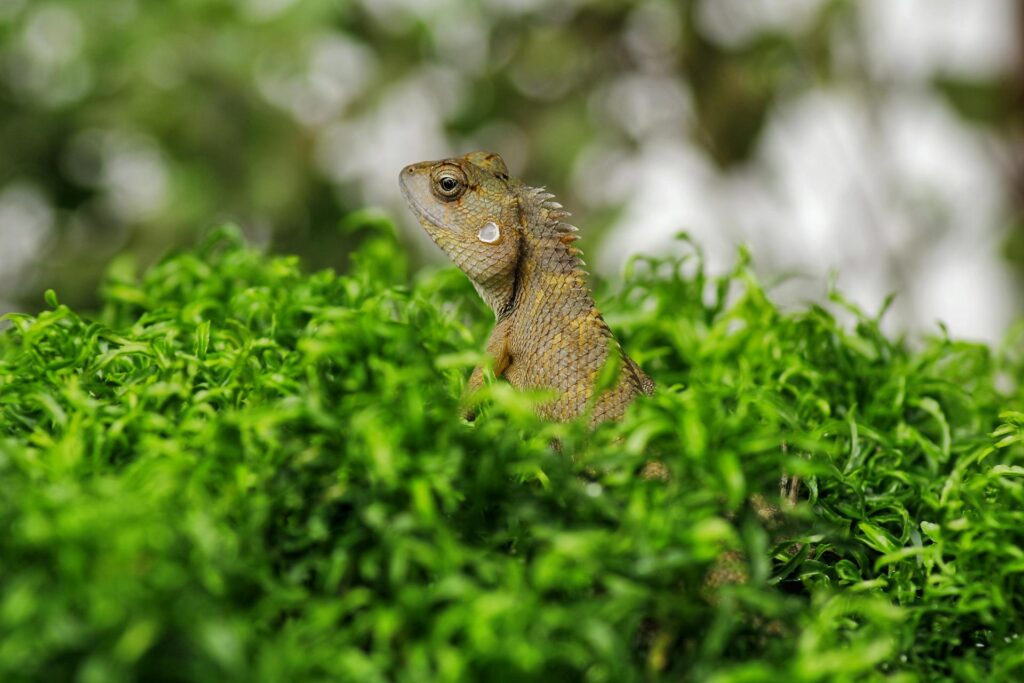
Local communities possess generations of ecological knowledge that remains inaccessible to outside researchers but proves invaluable for conservation. Residents who have lived alongside reptile species for decades or centuries often understand subtle behavioral patterns, seasonal movements, and population fluctuations that would take scientists years to document through formal studies. This indigenous and local knowledge frequently includes awareness of microhabitats where rare species persist, breeding sites that require special protection, and environmental cues that signal population changes. In regions like the Amazon Basin, local trackers can identify turtle nesting beaches with remarkable precision based on subtle river features and seasonal indicators invisible to outsiders. Conservation programs that respect and incorporate this traditional ecological knowledge consistently demonstrate higher success rates than those relying solely on external scientific expertise, highlighting the irreplaceable value of community wisdom in reptile protection efforts.
Community-Based Monitoring Programs

Citizen science and community-based monitoring programs have revolutionized reptile conservation by dramatically expanding data collection capabilities while simultaneously building local investment in conservation outcomes. These initiatives train community members to systematically document reptile sightings, behaviors, and population trends using standardized protocols that contribute to scientific databases. The Sea Turtle Monitoring Network in Costa Rica exemplifies this approach, with local residents patrolling nesting beaches, recording nest locations, and protecting hatchlings during their vulnerable journey to the ocean. Similar programs focused on endangered snakes, lizards, and crocodilians enable cost-effective, large-scale monitoring that would be financially impossible using only professional scientists. Beyond generating valuable data, these monitoring programs create personal connections between community members and local reptile species, transforming abstract conservation concepts into tangible relationships with specific animals that participants have personally observed and documented.
Habitat Protection Through Community Land Management

Community-based habitat protection initiatives represent one of the most direct ways local residents contribute to reptile conservation. In many regions, local communities maintain legal or traditional rights to manage land that hosts critical reptile habitat, allowing them to implement protection measures tailored to specific species’ needs. The Crocodile Sanctuary Network in Cambodia demonstrates this approach, with villages establishing protected zones along riverbanks where fishing and development are restricted to safeguard endangered Siamese crocodile populations. Community-protected areas often incorporate sustainable resource harvesting that maintains economic benefits while preserving ecosystem integrity essential for reptile survival. Indigenous reserves in Australia’s Northern Territory similarly balance traditional land uses with conservation of endangered species like the flatback turtle and various monitor lizard species. These community-managed protection zones frequently outperform conventional protected areas in terms of ecological outcomes, particularly when residents receive tangible benefits from conservation activities.
Anti-Poaching Initiatives Led by Communities
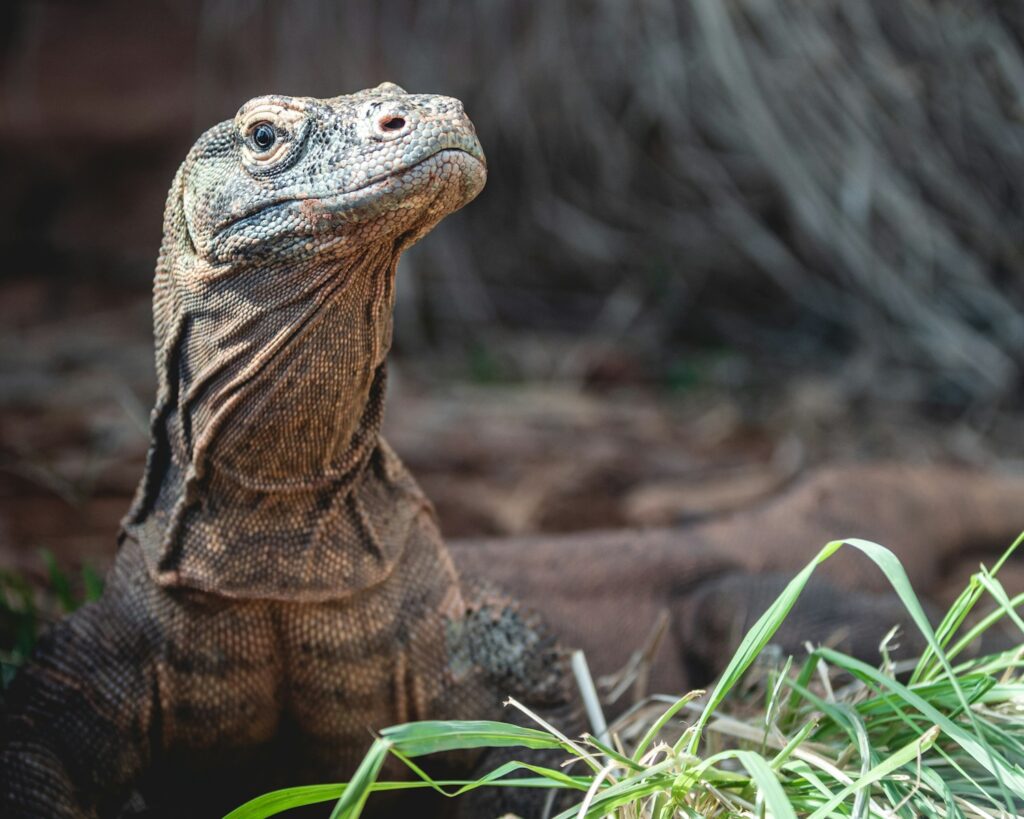
Local communities have emerged as frontline defenders against the illegal wildlife trade that threatens numerous reptile species with extinction. Community anti-poaching programs recruit and train local residents to monitor for suspicious activities, report wildlife crimes, and in some cases, directly confront poachers operating in their territories. The Tiger Guards program in Indonesia, despite its mammal-focused name, has expanded to protect endangered reptiles like the Komodo dragon and various turtle species from wildlife traffickers targeting international exotic pet markets. These community patrols prove exceptionally effective because participants possess intimate knowledge of the landscape, recognize outsiders immediately, and understand local poaching patterns. Beyond enforcement activities, community-led anti-poaching initiatives often include alternative livelihood programs that address economic drivers of poaching by providing sustainable income sources to potential poachers. The combination of surveillance, enforcement, and economic alternatives creates a comprehensive approach to combating the reptile trade that surpasses the effectiveness of traditional law enforcement alone.
Reptile Rescue and Rehabilitation Centers
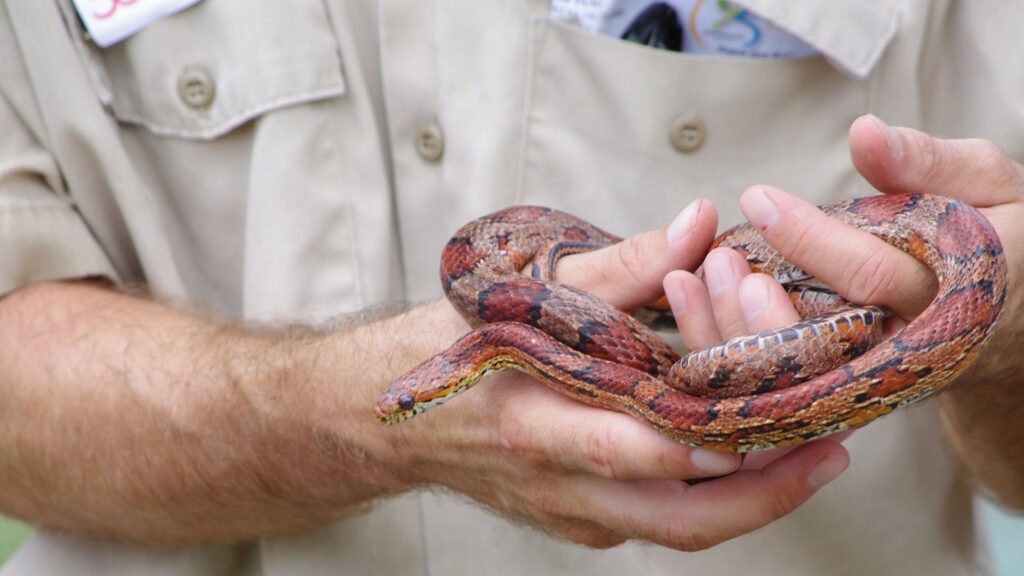
Community-operated reptile rescue and rehabilitation centers provide essential care for injured, confiscated, or displaced animals while simultaneously serving as education hubs that transform local attitudes toward feared or misunderstood species. The Kamuaku Reptile Center in Kenya illustrates this dual approach, with local residents rehabilitating injured snakes, lizards, and turtles while conducting outreach programs that reduce snake killings in surrounding communities. These centers frequently combine traditional animal care knowledge with modern veterinary techniques, creating innovative approaches to reptile rehabilitation not found in conventional facilities. Beyond their direct conservation impact, community reptile centers generate employment opportunities, attract ecotourism revenue, and build local pride in native species that were previously feared or undervalued. The hands-on experience gained by community members working at these facilities creates a corps of skilled reptile handlers who can safely remove venomous species from homes and businesses, reducing human-wildlife conflict while protecting both people and animals.
Traditional Cultural Practices Supporting Conservation
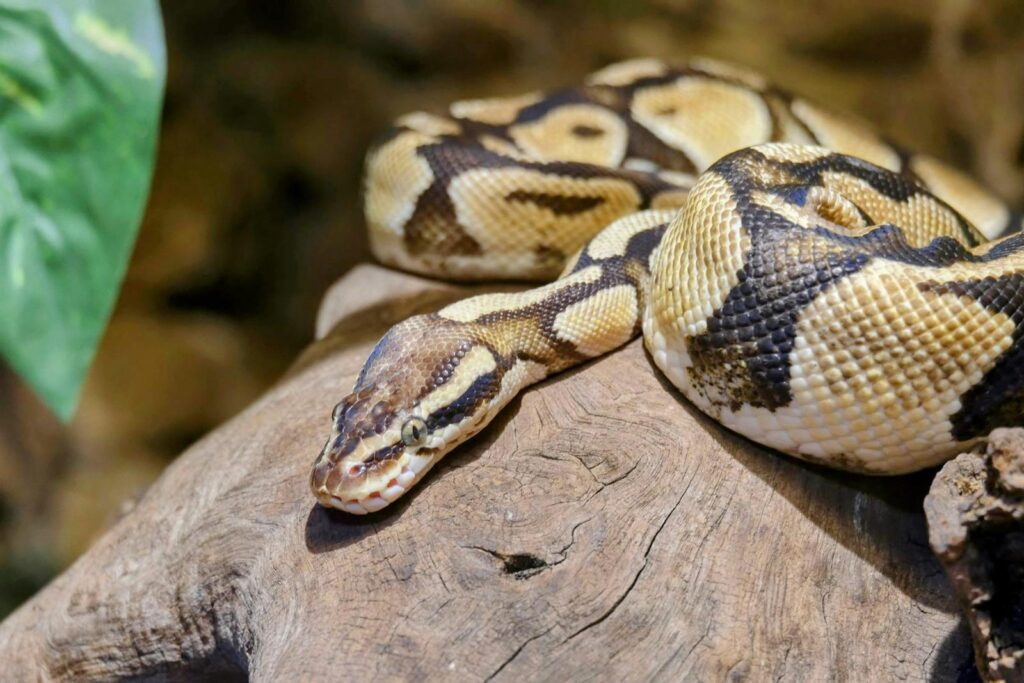
Many communities maintain traditional cultural practices and belief systems that inherently protect reptile species, providing a foundation for conservation efforts that respect local values. These cultural connections manifest in various forms, from taboos against killing certain species to rituals that limit harvesting to sustainable levels. The Madagascar radiated tortoise receives protection from tribal fady (taboos) that forbid harming these animals in many communities, creating informal sanctuaries throughout their range. Similarly, Python regius (ball python) enjoys protection in West African communities where these snakes are considered embodiments of ancestral spirits that bring good fortune to households they visit. Conservation programs that acknowledge and reinforce these positive cultural connections achieve greater community buy-in than approaches that ignore traditional values. By framing conservation in culturally relevant terms rather than imposing external value systems, these initiatives leverage existing belief structures to create sustainable protection for threatened reptile species.
Education and Awareness Programs
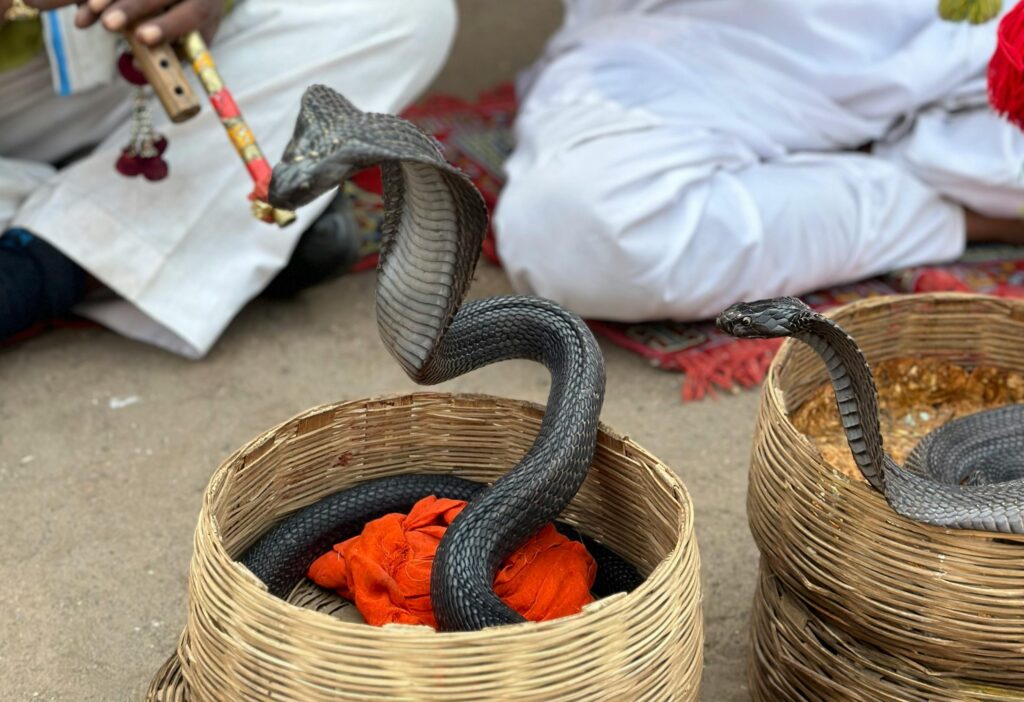
Community-led education initiatives play a crucial role in transforming public perceptions of reptiles from fear to appreciation and stewardship. These programs take numerous forms, from school presentations featuring live animals to community workshops on safely coexisting with venomous species. The Komodo Survival Program in Indonesia exemplifies this approach, with local educators conducting village-level workshops that highlight the ecological and economic importance of the Komodo dragon while addressing safety concerns that previously led to persecution. Unlike externally-developed education programs, community-led initiatives present information in culturally appropriate contexts using local language, examples, and value systems that resonate with participants. School-based reptile clubs have proven particularly effective, engaging children who influence their parents’ attitudes while developing the next generation of conservation advocates. Successful education programs typically combine scientific information with personal connections to local reptiles, emphasizing both ecological importance and the unique role these species play in regional identity and heritage.
Sustainable Use and Economic Incentives
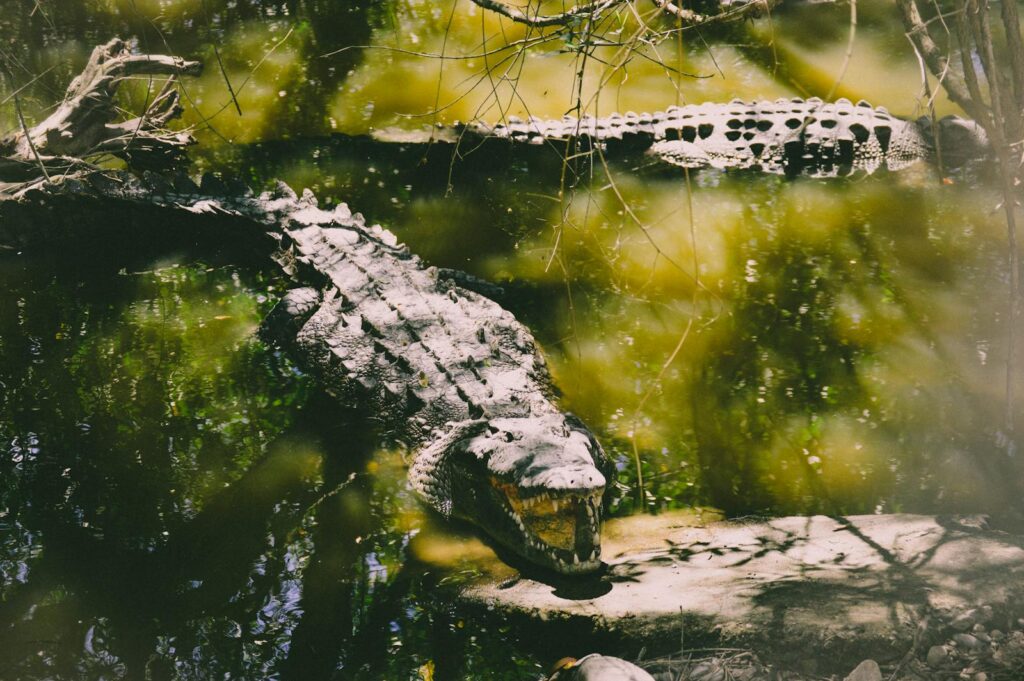
Sustainable use programs provide economic incentives for reptile conservation by allowing communities to benefit financially from healthy populations while maintaining ecological balance. When carefully managed, initiatives like sustainable egg harvesting, regulated hunting quotas, or ecotourism create direct economic links between conservation and community welfare. The Sustainable Harvesting Program for American alligators in Louisiana demonstrates this approach, with strictly regulated harvesting generating income for local communities while maintaining stable populations through science-based quotas. Similarly, turtle egg harvesting programs in Nicaragua allow communities to collect a percentage of eggs for consumption while protecting the remainder, creating immediate incentives for monitoring and protecting nesting beaches. Ecotourism focused on reptile viewing generates significant revenue in regions like the Galapagos Islands, where local guides lead tortoise-viewing excursions that fund both conservation activities and community development projects. These economic models transform endangered reptiles from perceived liabilities into valuable community assets worth protecting for both ecological and financial reasons.
Challenges and Barriers to Community Involvement

Despite their effectiveness, community conservation initiatives face significant challenges that must be addressed to maximize their impact. Limited financial resources frequently constrain program implementation, with communities struggling to maintain monitoring efforts or anti-poaching patrols without external funding. Technical capacity limitations pose additional challenges, particularly when communities lack training in scientific monitoring methods, reptile handling techniques, or conservation planning processes necessary for effective interventions. Conflict with external economic interests frequently undermines community efforts, especially when mining, agriculture, or development projects promise short-term financial benefits at the expense of reptile habitat. Additionally, legal frameworks often fail to recognize community conservation efforts or provide adequate authority for local enforcement actions against poachers or habitat destruction. Addressing these challenges requires coordinated support from governments, NGOs, and international organizations that can provide technical assistance, financing, and legal recognition while respecting community autonomy and traditional governance structures.
Partnerships Between Communities and Scientific Institutions

The most successful reptile conservation initiatives often arise from collaborative partnerships between communities and scientific institutions that combine local knowledge with technical expertise. These partnerships take numerous forms, from formal arrangements between universities and community conservation groups to informal collaborations between researchers and local guides. The Turtle Survival Alliance’s work in Madagascar exemplifies this approach, with herpetologists providing technical training to community monitors who then collect data on critically endangered ploughshare tortoises while implementing protection measures. These partnerships allow communities to access sophisticated conservation tools like genetic sampling, radio telemetry, or population modeling that enhance local protection efforts. Simultaneously, scientists gain access to traditional knowledge, field assistance, and community acceptance that makes research both more effective and more relevant to local needs. When developed through respectful engagement that acknowledges both scientific and traditional knowledge systems as valuable, these partnerships create conservation approaches that exceed what either communities or scientists could achieve independently.
Scaling Up: From Local Initiatives to Regional Impact
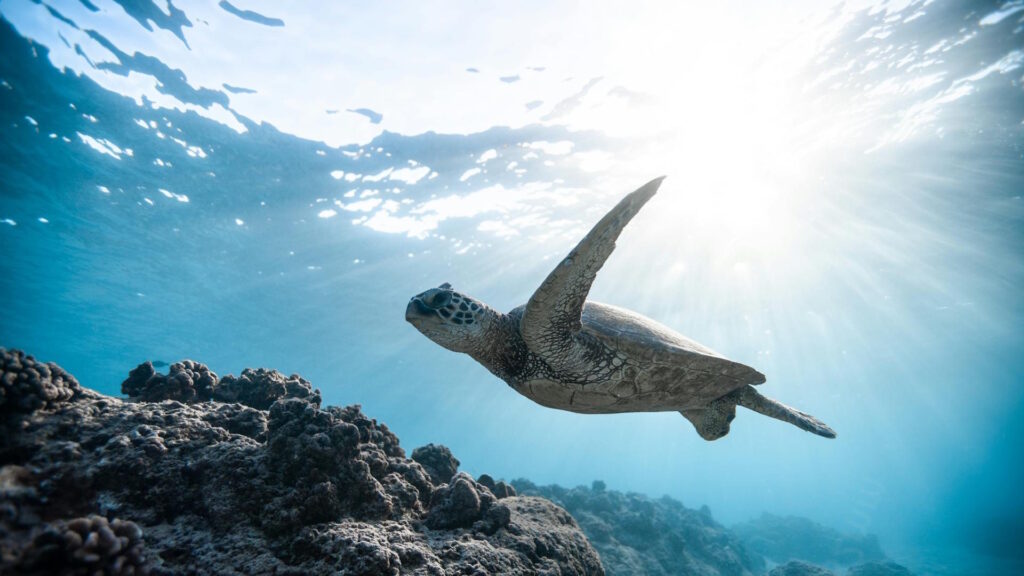
Scaling successful community conservation models represents one of the greatest opportunities and challenges in reptile protection. Promising local initiatives often struggle to expand beyond their original communities or connect with similar efforts in neighboring regions. Networks like the Mesoamerican Sea Turtle Initiative address this challenge by linking discrete community conservation programs across multiple countries into coordinated efforts that protect migratory species throughout their range. These networks facilitate knowledge sharing, create economies of scale for training and equipment procurement, and enable communities to advocate collectively for policy changes at national and international levels. Digital platforms increasingly support scaling efforts by allowing remote communities to share observations, techniques, and success stories without expensive travel or formal conferences. The Community Conservation Network in the Pacific Islands demonstrates this approach, connecting isolated island communities protecting sea turtles and marine iguanas through virtual exchanges and a shared digital database. Successful scaling requires balancing standardization necessary for coordination with flexibility that allows adaptation to diverse local contexts and governance systems.
Future Directions for Community-Based Reptile Conservation
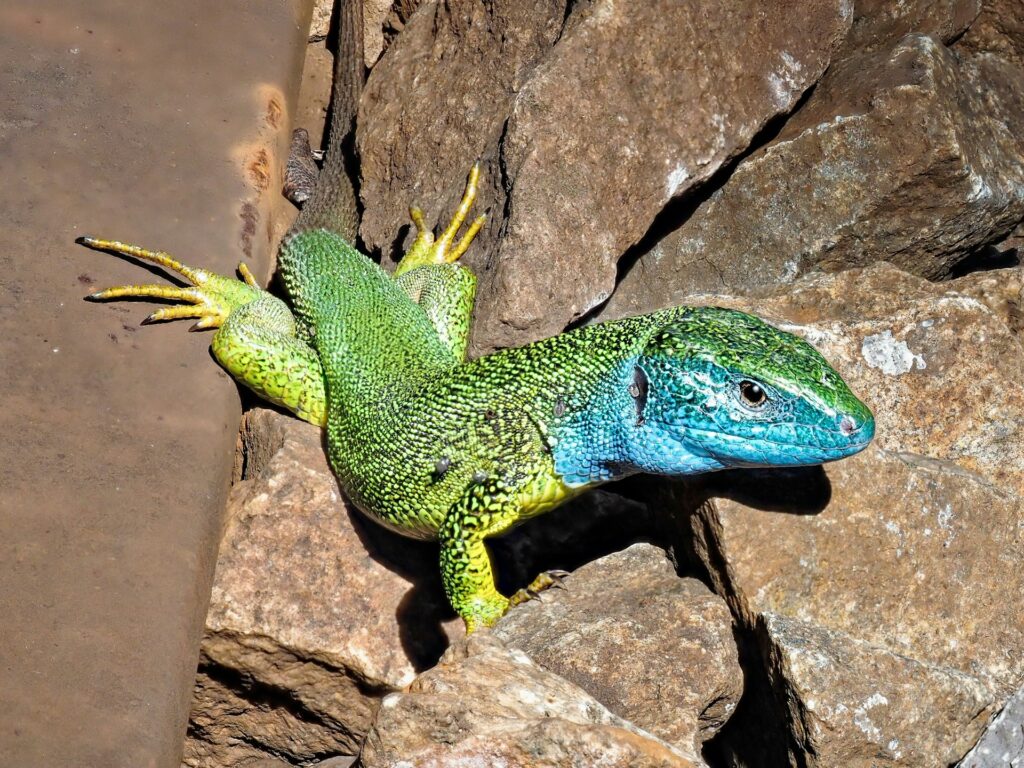
The future of community-based reptile conservation holds tremendous promise as new technologies, funding mechanisms, and governance models emerge to support grassroots efforts. Mobile technologies are revolutionizing community monitoring capabilities, with smartphone applications enabling data collection and verification that meets rigorous scientific standards while remaining accessible to users with limited technical training. Innovative financing mechanisms like carbon credits for reptile habitat protection, conservation trust funds with community management committees, and direct payments for ecosystem services increasingly provide sustainable funding that reduces dependence on unreliable external donors. Legal frameworks are evolving to formally recognize community conservation areas and indigenous territories as legitimate components of national protected area systems, providing legal backing for local enforcement efforts. Climate change adaptation represents both a challenge and opportunity, with communities developing innovative approaches to protecting reptiles from changing temperatures, altered precipitation patterns, and sea level rise that threatens coastal nesting sites. As these trends converge, community conservation initiatives are positioned to become the primary mechanism for protecting reptile biodiversity in many regions, particularly in areas where government capacity is limited or where traditional territories cover significant portions of endangered species habitat.
Conclusion
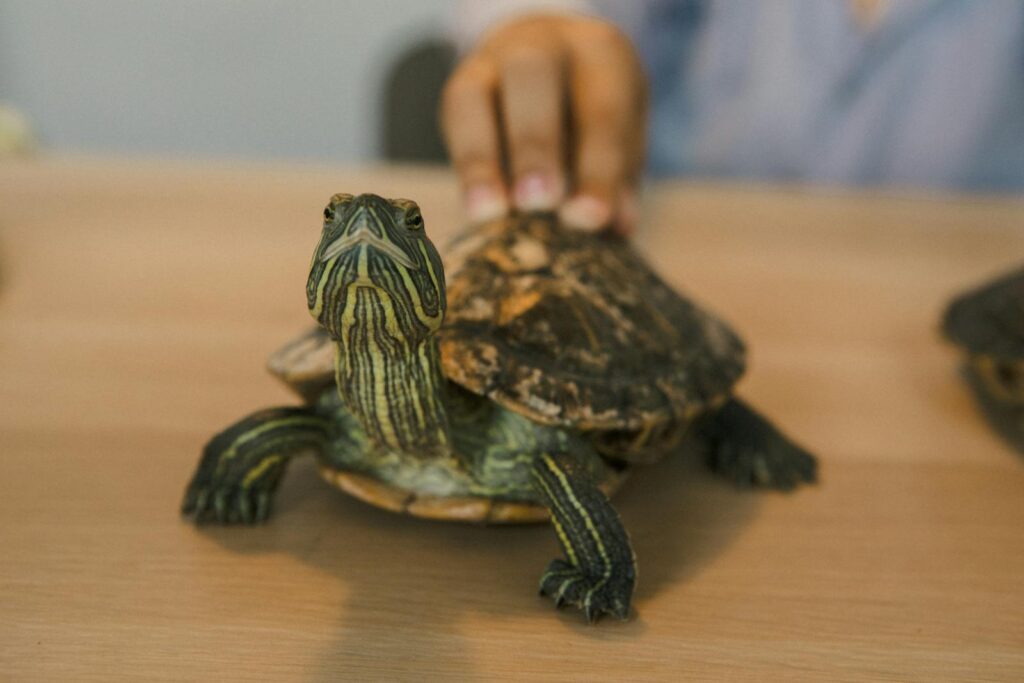
The involvement of local communities in reptile conservation represents not merely a helpful addition to traditional conservation approaches but rather an essential component of any effective protection strategy. From monitoring populations and protecting habitats to combating illegal trade and changing public perceptions, community-based initiatives demonstrate impacts that often exceed those of externally-driven conservation programs. These successes emerge from the unique combination of local ecological knowledge, cultural connections to wildlife, continuous presence on the landscape, and direct stakes in conservation outcomes that community members bring to the table. As reptile species face mounting threats from habitat loss, climate change, and exploitation, the expansion and strengthening of community conservation models offers one of the most promising pathways for ensuring these ancient creatures survive into the future. By supporting local initiatives, building equitable partnerships between communities and scientific institutions, and addressing the challenges that constrain grassroots conservation efforts, we can harness the tremendous potential of community engagement to create a world where humans and reptiles continue to coexist for generations to come.

